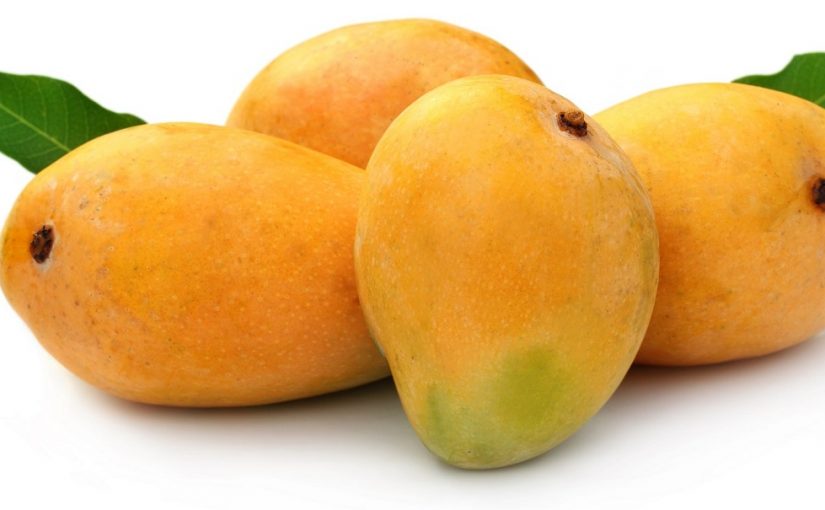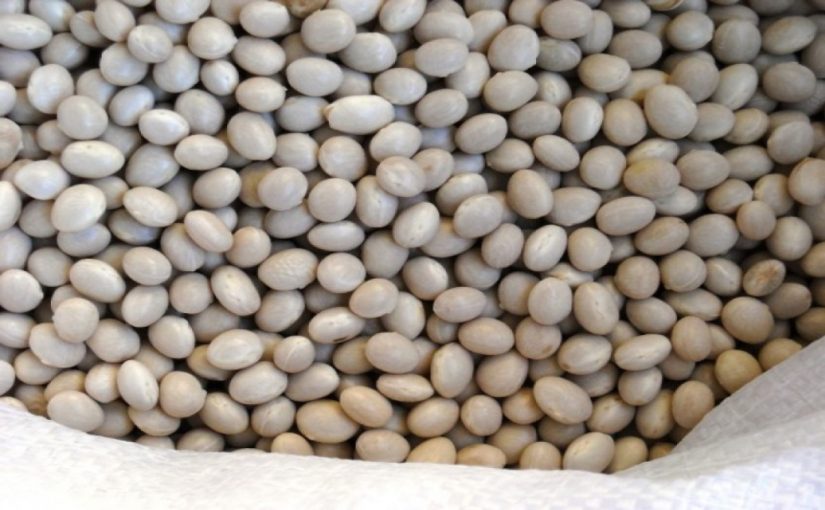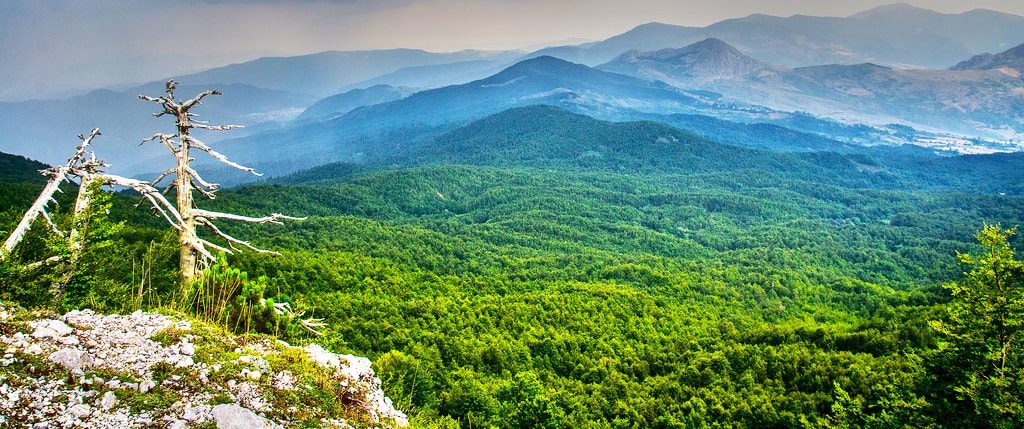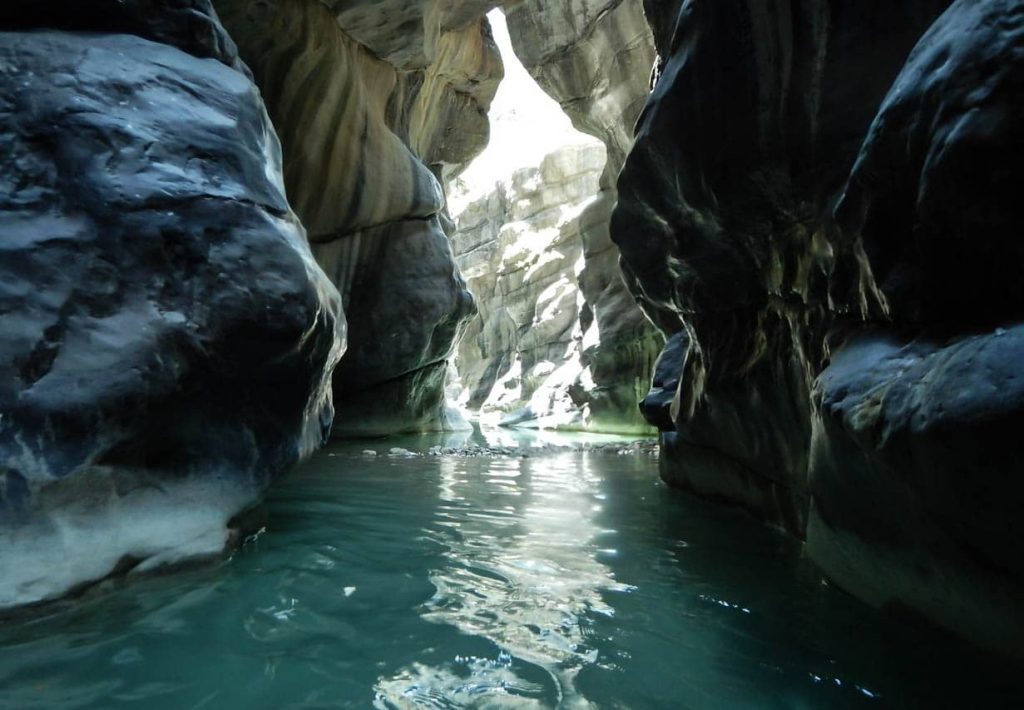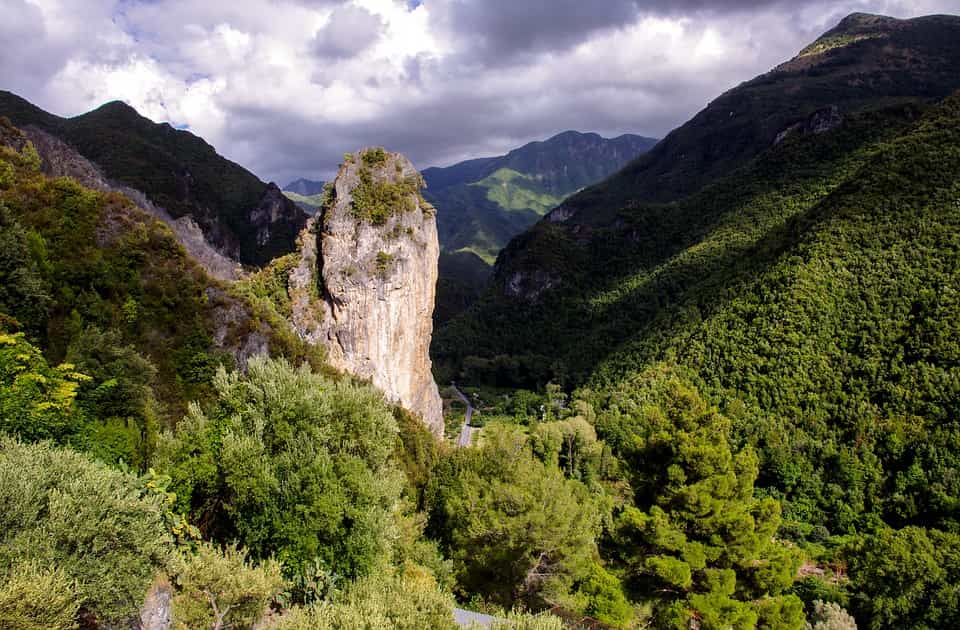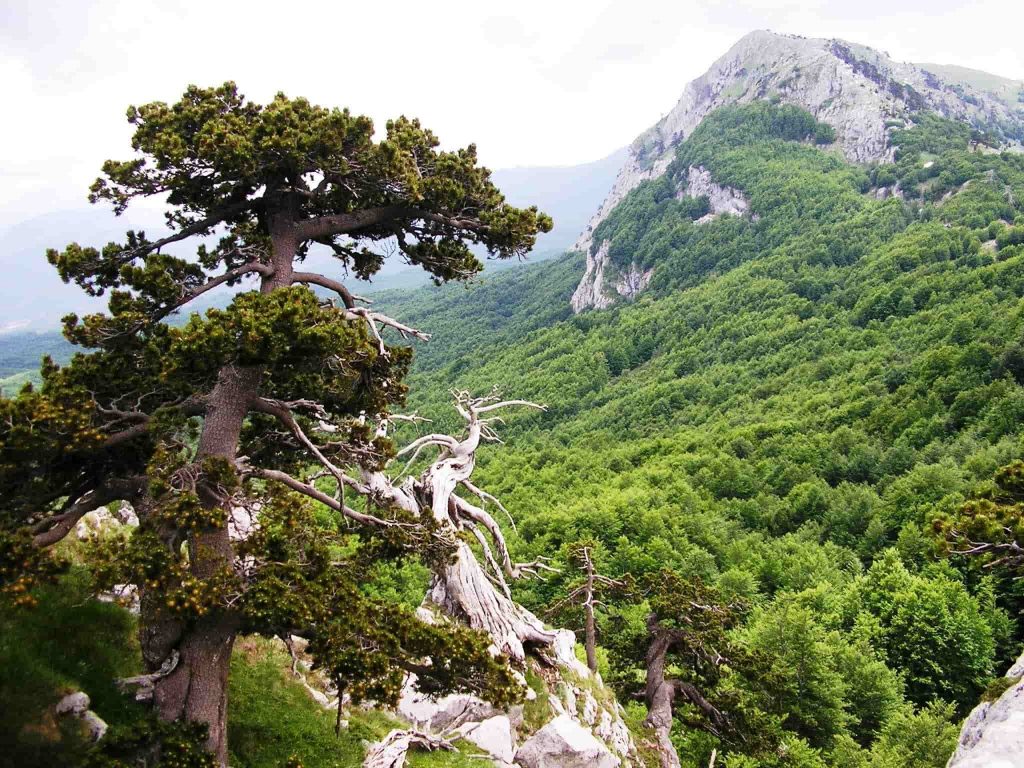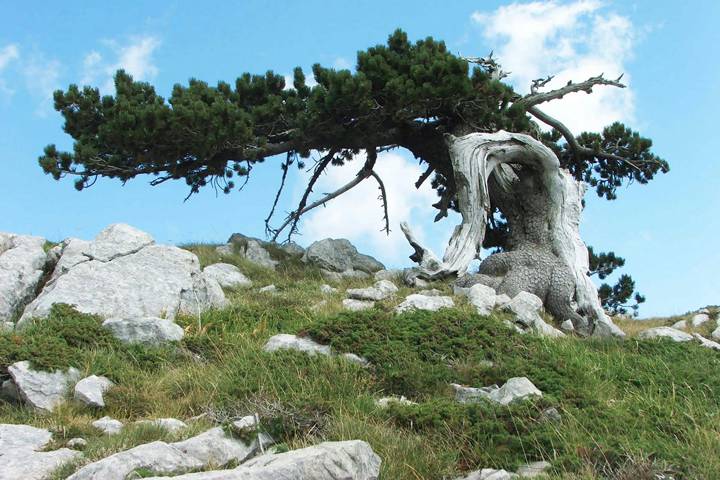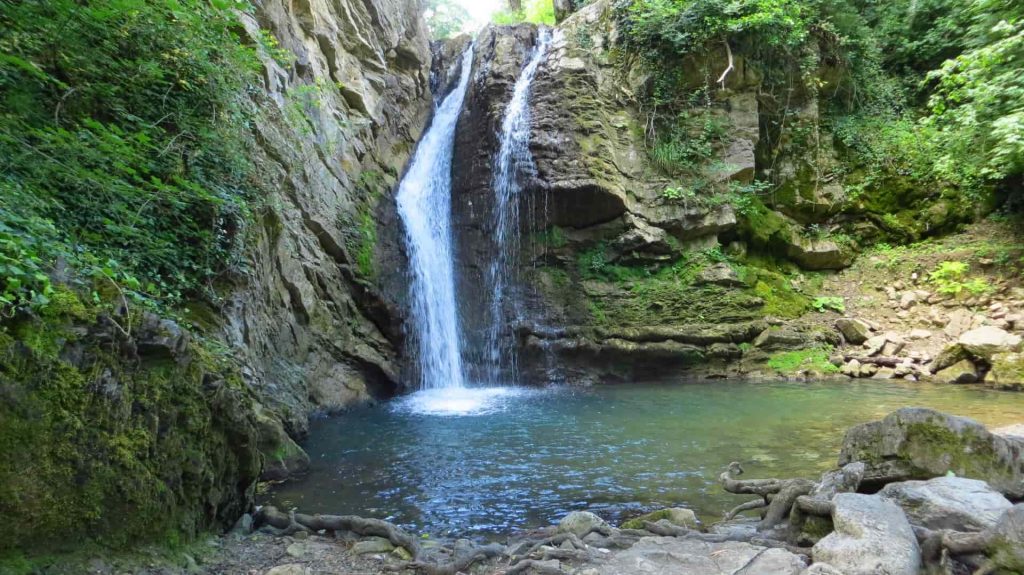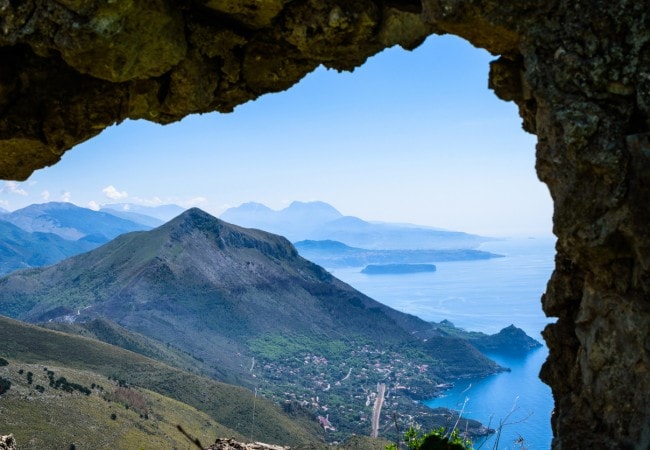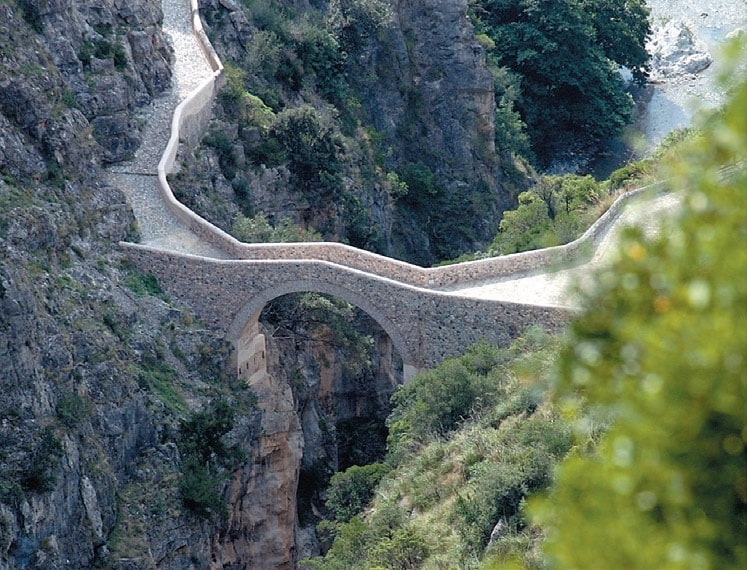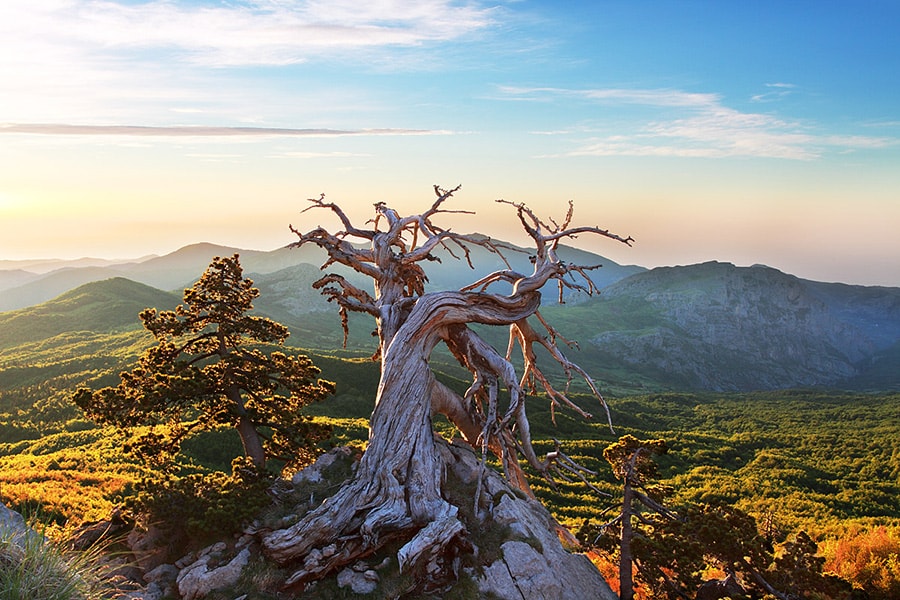28.8.2019
With climate change, the first Made in Italy mango and avocado crops come along with many other exotic consumer products, familiar such as bananas or lesser-known specialties such as black zapote (also said sapodilla).
This is what emerges from the first Coldiretti study, entitled “Italian Tropical Fruits” presented at the opening of the Coldiretti peasant village in Milan at Castello Sforzesco, from Piazza del Cannone to Piazza Castello, with the presence of over ten thousand farmers.
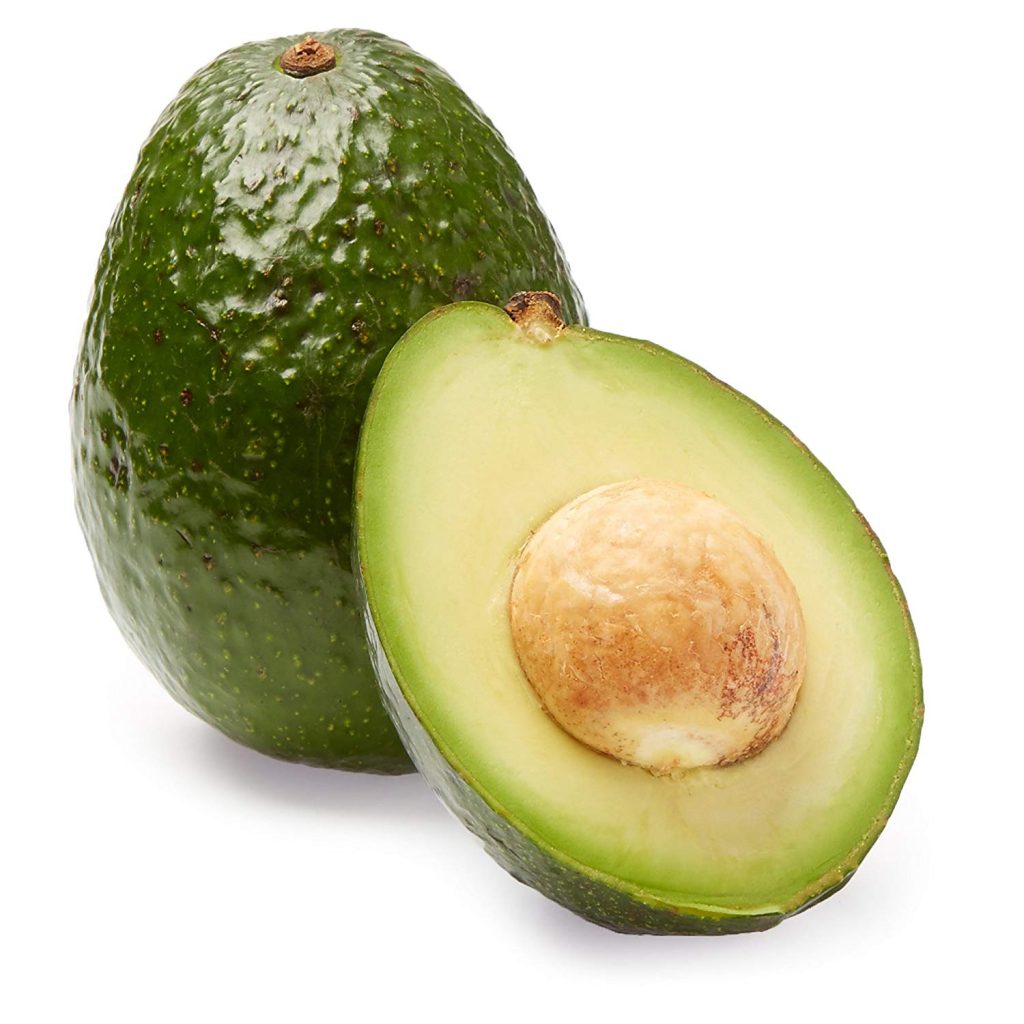
TROPICAL FRUITS OF CALABRIA
Here are the products grown on our land, Calabria! We have these Calabrian tropical crops:
- Mango
- Avocado
- Passion Fruit
- Thai Aubergine (Thai variant of our aubergine)
- Macadamia (a dried fruit halfway between almond and hazelnut)
Further, the land of Calabria hosts even Sugar Cane, while the Annona, another fruit typical of the countries of South America is now widespread along the coasts so much that it is also used to produce jam.
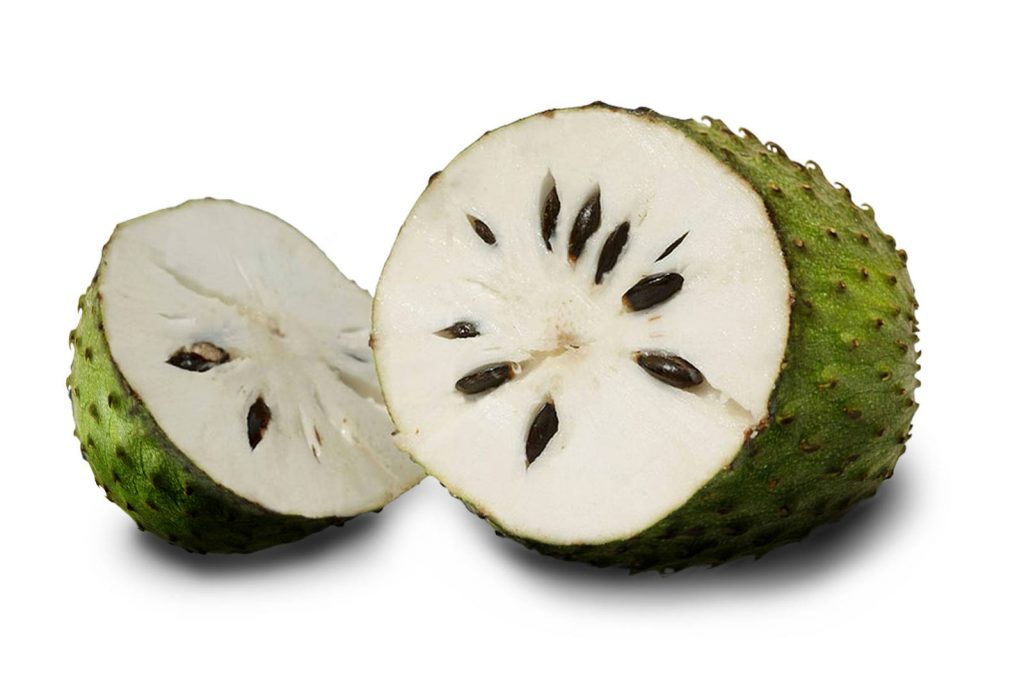
THE EFFECTS OF CLIMATE CHANGE
That of the Made in Italy tropical fruit – underlines Coldiretti – is an exploded phenomenon due to the effects of overheating determined by climate changes and it is destined to profoundly change consumer behavior in the coming years, but also the productive choices of the same farms . This is demonstrated by the fact that cultivation has gone from a few hectares planted with tropical fruits to over 500 hectares with an increase of 60 times in just five years.
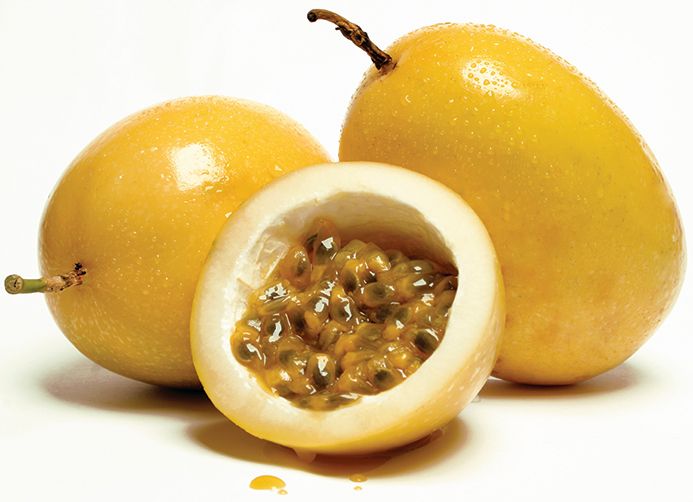
Nearby regions are in the same situation. In Sicily – explains Coldiretti – there are hectares and hectares cultivated with avocado and mango crops of different varieties, in the countryside between Messina, Etna and Acireale, but also with passion fruit, black zapote (similar to persimmon, of Mexican origin), and litchi, the small Chinese fruit that recalls the Muscat grape.
AN ENTIRELY NEW MARKET
All thanks to the commitment of young farmers – recalls Coldiretti – who have chosen this type of cultivation, often recovering and revitalizing abandoned lands precisely because of climate changes, previously destined for the production of oranges and lemons.
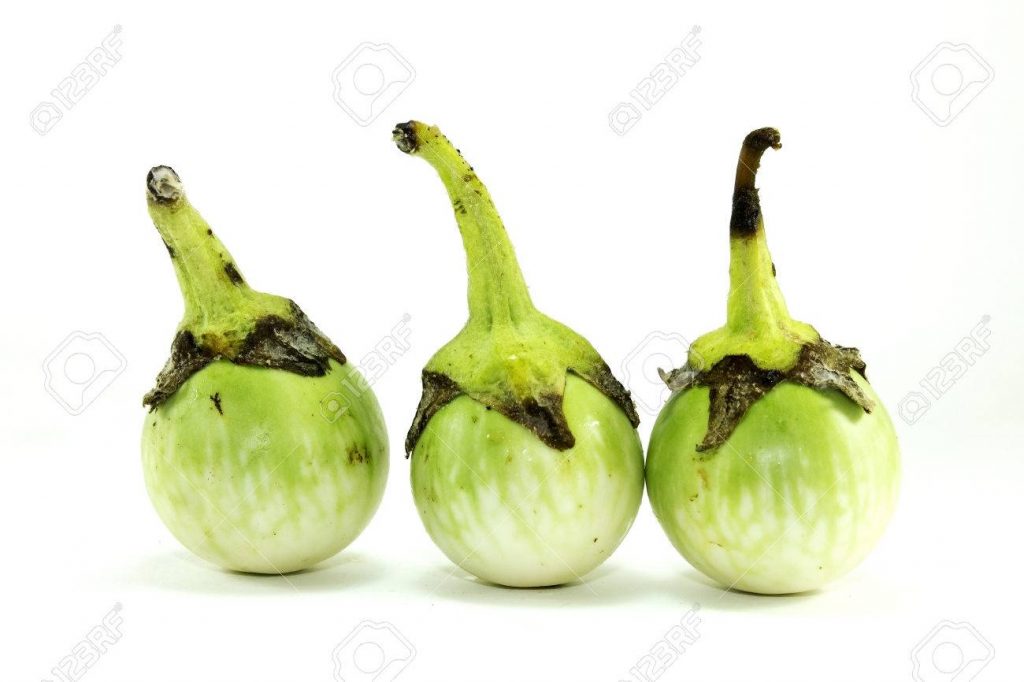
A market segment that is growing dramatically, considering that over six Italians out of 10 (61%) would buy bananas, mangos, Italian avocados, if they had them available instead of foreign ones, according to a Coldiretti survey released for the occasion.
71% of citizens would also be willing to pay more for the guarantee of the national origin of the tropical. A choice motivated by the greater degree of freshness but also by the fact that Italy – specifies Coldiretti – is at the top of world food security with the lowest number of food products with irregular chemical residues (0.8%), lower than 1, 6 times the European Union average (1.3%) and 7 times that of non-EU countries (5.5%).
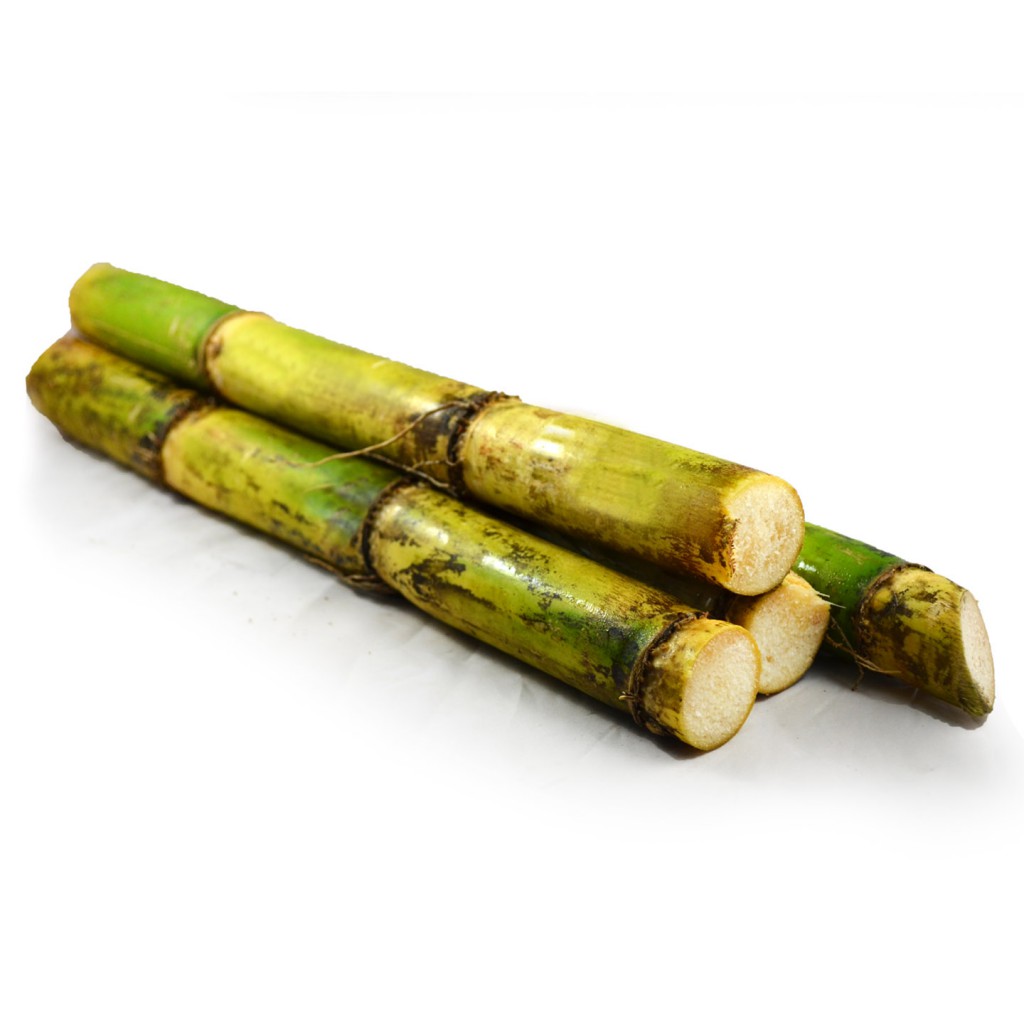
Conclusively, the phenomenon of exotic Italian fruit, driven by the commitment of so many young farmers, is an example of the innovation capacity of Italian agricultural companies in the fruit and vegetable sector. This sector too often is however hampered by an organizational, infrastructural and diplomatic delay that has prevented the Italy to engage the recovery in demand abroad, with a collapse in fresh fruit and vegetables exported in 2018 of 11% in quantity and 7% in value, compared to the previous year.
President of Coldiretti Ettore Prandini underlined, therefore, the need to guarantee “efficient transport on the railway line and airport hubs for goods that allow us to bring our products quickly from north to south of the country and then to every corner of Europe and the world“.

